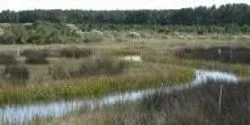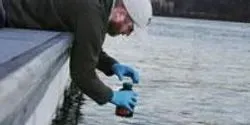Environmental

Scientists have known for years that together, bacteria and plants can remediate contaminated sites. Ramakrishna Wusirika, of Michigan Technological University, has determined that how you add bacteria to the mix can make a big difference.

Researchers from North Carolina State University have developed a new technique that uses existing technology to allow researchers and natural resource managers to collect significantly more information on water quality to better inform policy decisions.

A site has been designated for a Black Hills State University Underground Campus at the 4,850-level of the Sanford Underground Research Facility in Lead.

Drinking water with a relatively high concentration of magnesium protects against hip fractures, according to results of a study from the Norwegian Institute of Public Health.

When crime rates drop, politicians like to give themselves pats on the back for being “tough on crime.” But a new theory explaining why violence has declined across the country since the 1990s is gaining credence, and it has nothing to do with the criminal justice system.

Wastewater treatment lagoons have the potential to serve as a local energy source, according to a Clarkson University doctoral student.

Buried deep in the mud along the banks of a remote salt lake near Yosemite National Park are colonies of bacteria with an unusual property: they breathe a toxic metal to survive. Researchers from the University of Georgia discovered the bacteria on a recent field expedition to Mono Lake in California, and their experiments with this unusual organism show that it may one day become a useful tool for industry and environmental protection.














